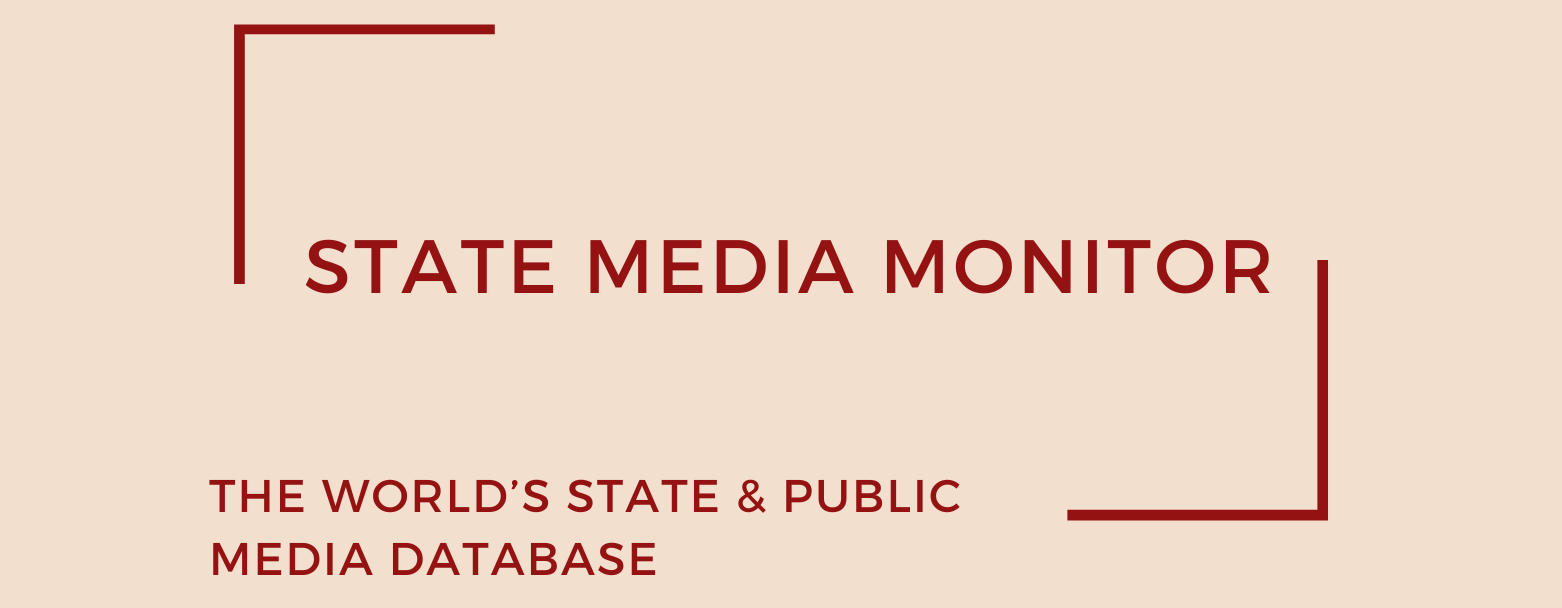China Media Group
China Media Group (CMG) was created in March 2018 following the 13th National People’s Congress, in a sweeping consolidation of the country’s most influential state media. The new structure brought under one roof all outlets formerly managed by China Central Television (CCTV)—China’s flagship state-owned television network, boasting over 50 channels and a claimed audience of more than one billion viewers—together with China Global Television Network (CGTN), the rebranded international arm (formerly CCTV International), operating seven global television channels. The merger also encompassed China National Radio (CNR), the country’s official state-run radio broadcaster with 17 channels, and China Radio International (CRI), which delivers radio services worldwide in multiple languages.
Media assets
Television: China Central Television (CCTV)– CCTV-1, CCTV-1 Hong Kong & Macau, CCTV-2, CCTV-3, CCTV-4 Asia, CCTV-4 Europe, CCTV-4 America, CCTV-4 Daifu, CCTV-5, CCTV-5+, CCTV-6, CCTV-7, CCTV-8, CCTV-9, CCTV-10, CCTV-11, CCTV-12, CCTV-13, CCTV-14, CCTV-15, CCTV-16, CCTV-17, CCTV-4K; Foreign operations- CCTV Entertainment, CCTV Daifu, CCTV Overseas Chinese Opera; China Global Television Network (CGTN)
Radio: China National Radio (CNR)– Voice of China (CNR1), Business Radio (CNR2), Music Radio (CNR3), Golden Radio (CNR4), Zhongua News Radio (CNR5), Shenzhou Radio (CNR6), Radio Greater Bay (CNR7), Ethnic Minority Radio (CNR8), Story Radio (CNR9), Senior Citizen Radio (CNR10), Tibetan Radio (CNR11), Reading radio (CNR12), Uygur Radio (CNR13), Hong Kong Edition (CNR14), Highway Radio (CNR15), Countryside Radio (CNR16), Kazakh Radio (CNR17); China Radio International (CRI)
State Media Matrix Typology
Ownership and governance
CMG is a state-controlled broadcasting conglomerate that answers directly to both the Central Committee of the Communist Party of China and the State Council. Oversight is exercised by the National Radio and Television Administration, a ministry-level agency. The group’s chairperson is invariably a senior Party official, underscoring the high political importance of the organization.
Shen Haixiong (born 4 April 1967, Zhejiang Province) is the President and Editor-in-Chief of China Media Group (CMG) and a Deputy Head of the Chinese Communist Party’s Central Publicity Department. A veteran journalist who rose through the ranks of Xinhua News Agency, serving as Shanghai bureau chief, Deputy Editor-in-Chief, and later Guangdong’s provincial propaganda chief, Shen was appointed to lead CMG at its creation in March 2018. A member of the CCP’s 20th Central Committee, he is a prominent figure in China’s global media outreach and state propaganda strategy.
Source of funding and budget
A number of CMG’s constituent outlets, particularly CCTV, generate substantial commercial income through advertising sales. However, all of its branches receive financing from the state budget. Although the proportion of state funding in CCTV’s overall budget has declined in recent years, it still represents a significant share, accounting for over half of the group’s total expenditure. While the consolidated revenue for CMG as a whole is not publicly disclosed, analysis by the Media and Journalism Research Center (MJRC), based on available budget data for most of its constituent outlets, indicates that state funding consistently exceeds the 50% threshold of total spending.
The 2024 departmental budget for CMG, as filed with the Ministry of Finance, totalled CNY 2.1086 billion (about US $289 million), including CNY 1.7378 billion (around US $238 million) from public appropriations, CNY 4 million (about US $0.55 million) from the state-capital budget, and CNY 365.37 million (about US $50 million) carried over from previous years.
Editorial independence
CMG functions as the primary vehicle for Chinese government propaganda, its broadcasters faithfully reflecting the official positions and priorities of the Chinese Communist Party. Editorial guidelines are set at the top levels of government, leaving no scope for independent editorial policy. Chinese journalists and media analysts consulted for this report emphasise that the group operates as the Party’s authoritative voice, both domestically and internationally.
This has led to regulatory pushback in certain jurisdictions. In February 2021, for example, the UK’s media regulator revoked CGTN’s broadcast licence, ruling that its licence holder, Star China Media Limited, did not exercise editorial control over the channel’s content as required under British law.
In recent years, CMG has sought to bolster its international reach through strategic partnerships with foreign media organizations. Africa has been singled out as a key target region, but collaborative ventures have been established across multiple continents. Following the U.S. government’s decision in April 2025 to cut funding for Radio Free Asia, China, via CMG, significantly expanded its shortwave broadcast capacity, adding 80 new frequencies, including 26 in Tibetan and 16 in Uyghur, increasing its dominance in sensitive border regions.
No legislation exists, nor any independent oversight body, to guarantee the editorial independence of CMG or its component outlets. In practice, these broadcasters act as the CCP’s principal propaganda channels.
August 2025
